Best Way to Burn Calories & Lose Fat
Many individuals struggling with their weight find themselves asking, “what is the best way to shed a few pounds?” and find themselves arriving at one of two options.
- Resistance Training
- Cardio
But, is one more optimal than the other? Do you need to incorporate both options into your fitness plan in order to achieve success?
To answer these questions, it’s best to first try and understand how our body burns calories.
How Our Body Burns Calories
When it comes to physical activity, doing something active will always be more beneficial than spending the majority of your day in a sedative state. But physical activity does not necessarily need to be structured workouts in the gym, jogs on the treadmill, or going on a run through your neighborhood. While those are all great ways to stay active, it is not the only way that our body burns calories.
How Our Body Burns Calories Naturally
In fact, our body naturally burns calories throughout the day as it breaks down food for fuel, constantly creating energy internally to keep us alive and going. You would still burn calories even if you were to sit and do nothing all day, based on your resting metabolic rate (RMR).
We expend additional energy, which comes from calories, through daily functions like walking the dog or playing outside with our kids, referred to as non-exercise activity thermogenesis(NEAT). So, while cardio can create an expanded calorie deficit, other activities can do a great job to burn calories, including resistance training.
With that being said, we are going to take a look at what forms of activity will be the most optimal when your primary goal is body fat loss.
Best Fitness Plan for Weight Loss
Set Reasonable Goals
In the pursuit of weight loss, there are factors that people often overlook. Enjoyment of your nutrition and exercise regimen, adherence to that regimen, and your overall quality of life should be prioritized over the rate at which weight can be lost (for most individuals, an average loss of 0.5lbs-2lbs per week is a healthy range).
Typically, a way of life you can see yourself sustaining indefinitely is the best way to lose weight and keep it off long term. You are not going to be losing weight forever, so it’s important to understand the habits that go into weight maintenance.
Create Good Habits
The habits you adopted to get you to your goals must be continued in order to keep your results. Many of us have heard it before, but it’s worth repeating; You can’t outwork a poor diet. You do not have to eliminate food groups or your favorite foods to lose or maintain weight. But you do need to be mindful and honest with yourself about your nutritional habits and their alignment with your goals. Moderation and knowledge of portion sizes are key factors in the approach to weight loss. Typically the more restrictive your diet is, the harder it is to stick to. Nutrition, specifically the number of calories burned versus the number of calories consumed, is essential to any successful weight loss endeavors.
Incorporate Resistance Training
In addition to proper nutrition and a regulated cardio program, resistance training is a valuable tool in the toolbox for a healthy lifestyle.
Body Recomposition
Following a progressive overload-based resistance training program, versus only doing cardiovascular exercise, will aid in body recomposition. What does body recomposition mean? Simply put, it is the occurrence of muscle gain and fat loss simultaneously; what people really mean when they refer to getting “toned”.
Body recomposition can occur fairly quickly in individuals who have never lifted weights before or those who have been out of the gym for an extended period of time and are deconditioned. The more muscle you build, the higher your metabolic rate will become over time, making fat loss easier.
While cardiovascular exercise should be done and is excellent for heart health and overall longevity, it should not be the only modality of exercise used for the majority of people. The same can be said for resistance training. It is beneficial for muscle and strength gain, bone density, balance, coordination, athletic performance, etc. but cardiovascular exercise is necessary for health.
How to Create a Resistance Training Program
When following a resistance training program, it is important to note that the scale will not always be your best indicator of fat loss progress. During these body recomposition phases, it is common to see little to no change on the scale for weeks at a time, and sometimes the scale might go up. A pound of muscle and a pound of fat weigh the same, but the density of the muscle tissue is greater. Muscle tissue takes up less space than fat tissue, resulting in a leaner appearance at a similar bodyweight. A better indicator of fat loss progress is to note how your clothes are fitting, body measurements, and taking progress photos. Be patient and work hard over time. Consistency wins.
By: Amber Beasley, E’ville Fitness Personal Training Team








Leave A Comment